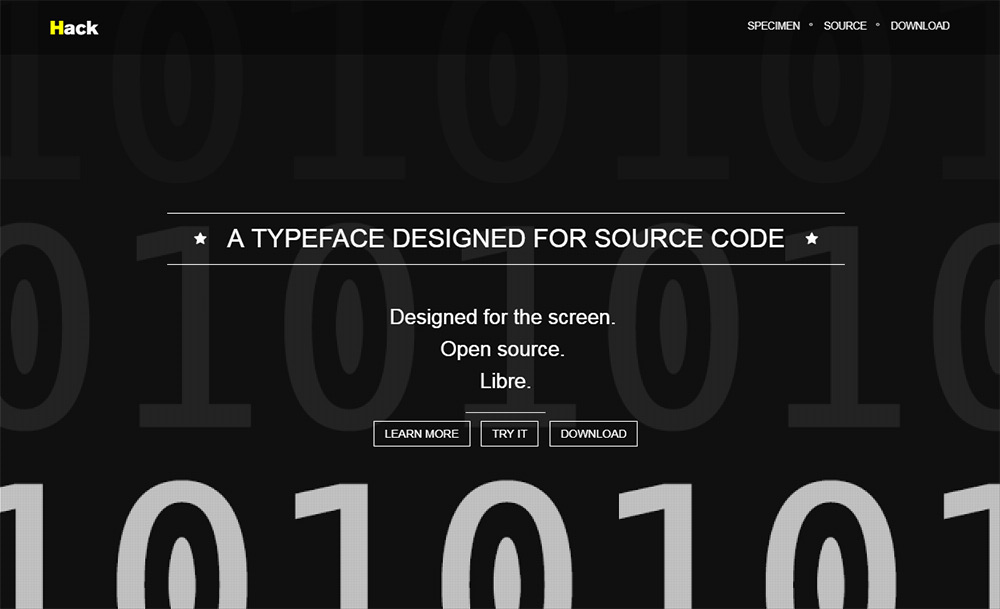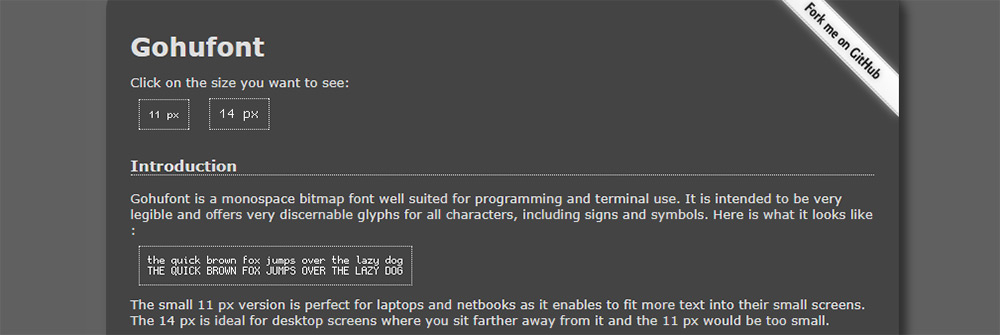Custom loading bars offer a way for websites to update visitors using strong visuals. Sometimes a static “loading” message isn’t always enough!
And if you want to add a custom loading bar to your website then this collection is sure to have something that’ll suit your needs.
1. Loading Bar with Counter
Nicolas Slatiner created this incredible loading bar with a top tab displaying the loading percentage. It moves along with a custom animation that can be changed using JavaScript.
But the best part is the animated bar design and the clean style. This loading bar would fit on any website and it offers an incredible user experience.
2. Light Loader
You can adjust the animation style and loading time all in CSS which is pretty neat. And the shapes are all created using CSS too so you can adjust the size, speed, and structure of the starburst icon.
3. Multi-Animated Loader
So you can get this thing running on your site in pure CSS3 with options to change the color, size, and speed. My favorite part of this animation is the off-kilter look where the center rotates against the outside.
It offers a really cool effect that just grabs the eye.
4. Canvas Fractal Loader
Even though it’s called a canvas element it does not use a canvas element on the page. Instead it’s powered by Sketch.js which is a natural canvas library. Awesome design if you like the fractal style and don’t mind toying with JavaScript to get it running on your site.
5. OuroboroCSS Loaders
I like this design more for internal loaders rather than a full-page loader. It’s quaint and easy to spot from a distance, but not so powerful as to take up the entire page.
6. Thermometer Loader
It only has three HTML elements nested inside each other and the colors and animations are all pure CSS which is breaktaking.
7. Three.js Loader
The animation is controlled through JavaScript and WebGL rendering. 3D design is much more prominent on the web these days and this code snippet is proof of how much you can accomplish.
8. Organic Circle
You may not find a great way to work this into your site, but you have to admit this thing is impressive.
9. Simple Circle Rotator
I do think this rotator is simple enough to fit onto any site and it’s pretty easy to customize too. Everything runs through JS code so you won’t even need to copy the CSS at all.
10. Pure CSS Loader Dots
You can fit this onto any page and it’s simple to setup. The dot shapes and animations run through CSS and there’s no JavaScript required.
Wrapping Up
If you’re looking for a custom loader for your website then I guarantee you’ll find something here. These loaders are wildly diverse but they can all work well for different projects.Take another look at this collection to see what you can find and feel free to customize these snippets for your own use.










